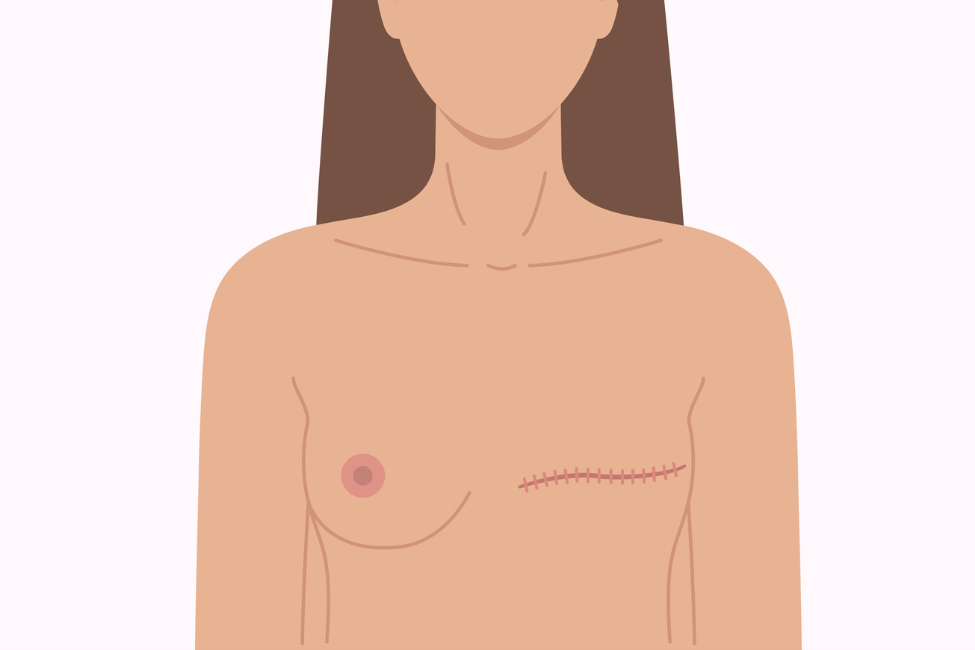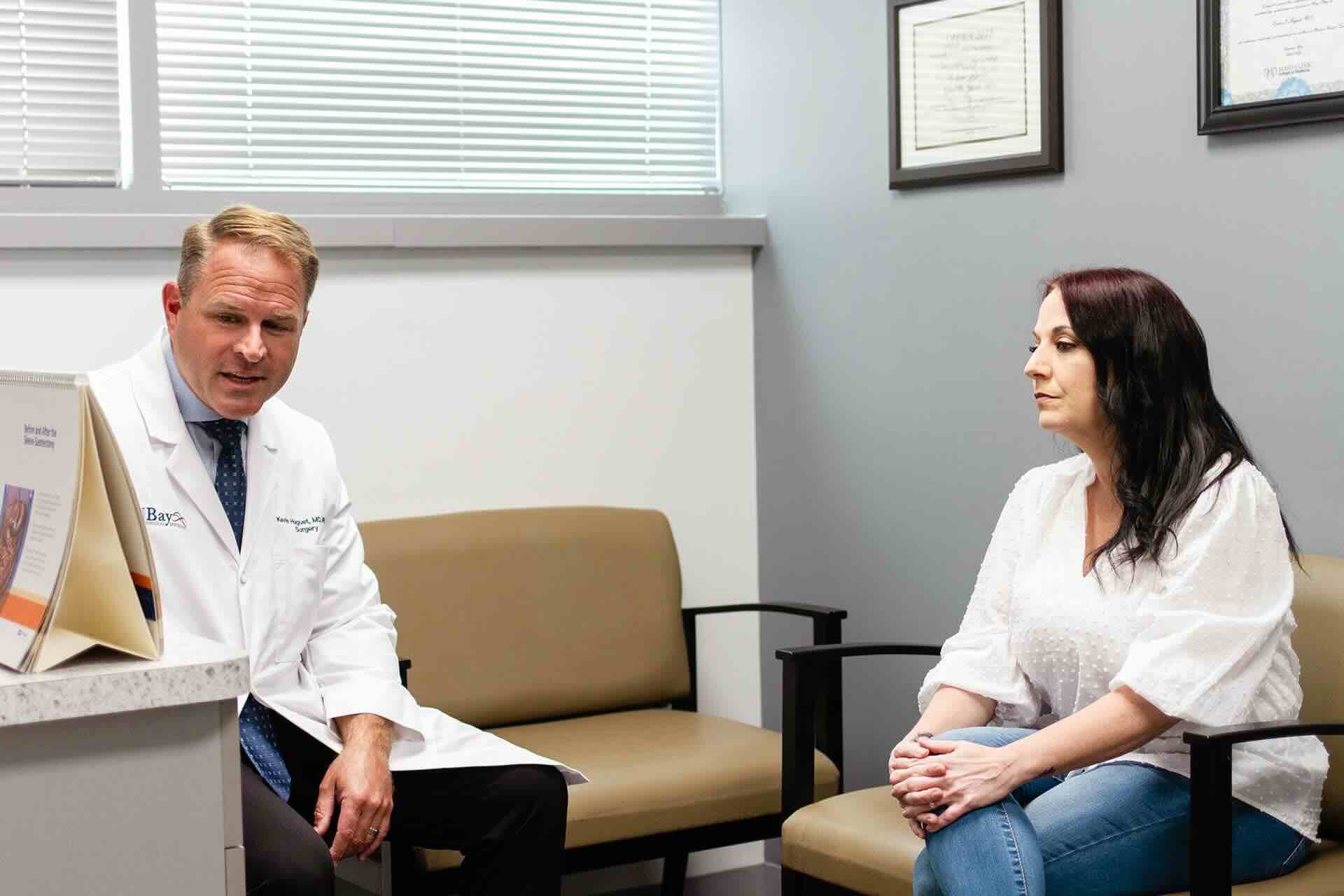Conversations With Your Doctor
Your doctor may recommend a mastectomy instead of a lumpectomy if:
- You have two or more tumors in separate areas of the breast.
- You have widespread or malignant-appearing calcium deposits (microcalcifications) throughout the breast that have been determined to be cancer after a breast biopsy.
- You’ve previously had radiation treatment to the breast region and the breast cancer has recurred in the breast.
- You’re pregnant and radiation creates an unacceptable risk to your unborn child.
- You’ve had a lumpectomy, but cancer is still present at the edges (margin) of the operated area and there is concern about cancer extending to elsewhere in the breast.
- You carry a gene mutation that gives you a high risk of developing a second cancer in your breast.
- You have a large tumor relative to the overall size of your breast. You may not have enough healthy tissue left after a lumpectomy to achieve an acceptable cosmetic result.
- You have a connective tissue disease, such as scleroderma or lupus, and may not tolerate the side effects of radiation to the skin.




